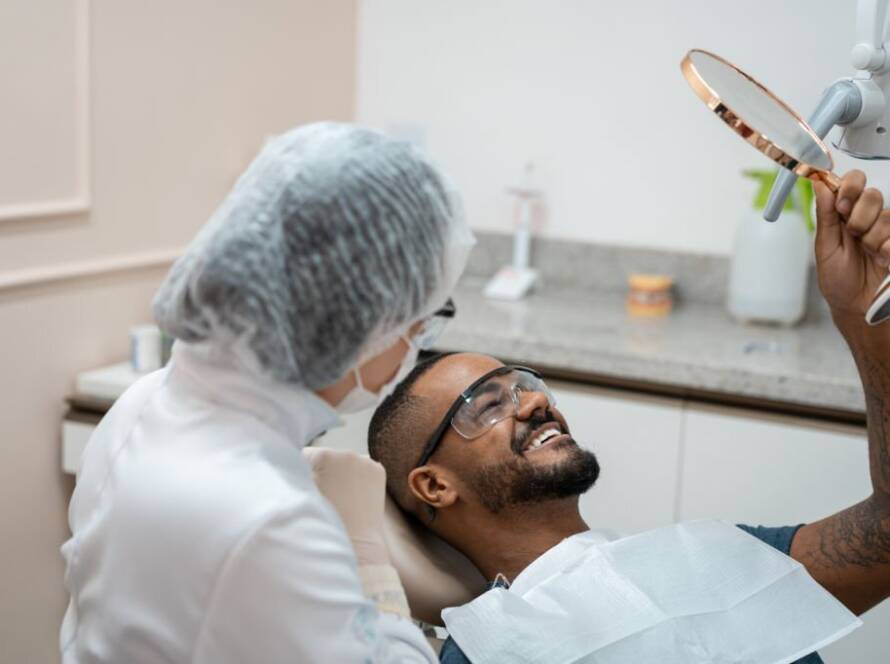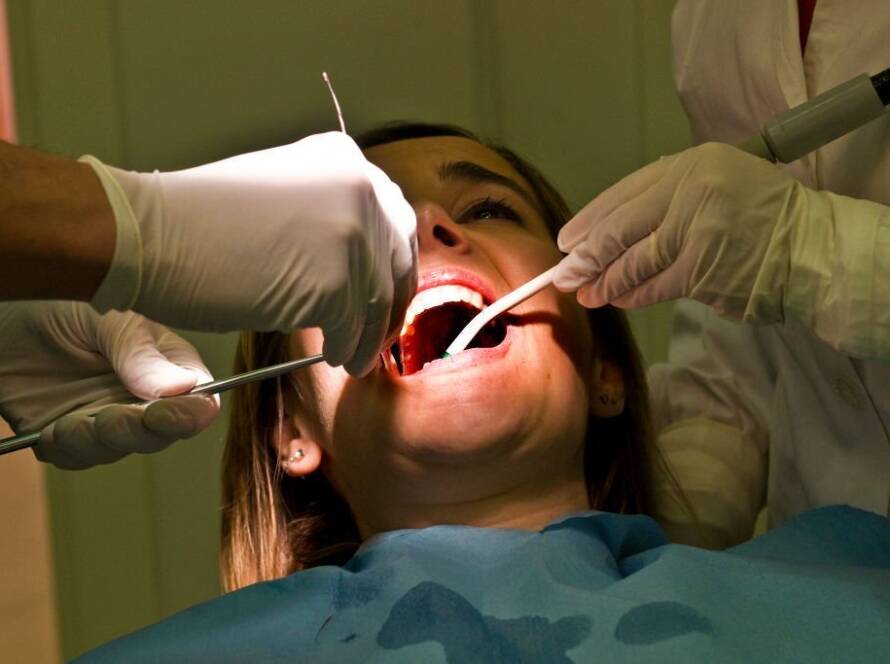Introduction: What is Orthodontics and How It is Different from Dentistry?
Orthodontics is a dental specialty that focuses on the diagnosis, prevention, and treatment of malocclusion or misalignment of teeth and jaws.
Orthodontics is the branch of dentistry that deals with the prevention, diagnosis, and treatment of oral health problems. Orthodontists are dental specialists who have completed four years of additional training beyond general dentistry.
Orthodontics is different from dentistry because orthodontists focus on preventing and treating problems with the teeth, jaws and bite. Dentists also treat problems with teeth but they also treat other parts of the mouth including gums, lips, tongue and throat.
Braces Types – Knowing the Basics
Braces are used to correct teeth alignment and improve dental health. They are also used to treat various types of dental problems such as overcrowded teeth, underbite, overbite, and crooked teeth.
There are three main types of braces: traditional braces, lingual braces and Invisalign. Traditional braces are the most common type of orthodontic treatment. Lingual braces can be fixed on the inside surface of your upper or lower teeth and Invisalign is a series of clear aligners that gradually move your teeth into place.
Different Types of Braces – What You Need to Know About Each One
Braces are a type of orthodontic treatment that straightens teeth and corrects bite problems. There are many different types of braces, each with their own benefits and disadvantages.
Types of braces:
1) Traditional Braces: These are the most common type of braces, and they work by using brackets that attach to the front teeth and then a wire is used to pull them together.
2) Clear Braces: Clear braces are less noticeable than traditional braces because they don’t have metal brackets. They also don’t require any changes in diet or brushing technique, so patients can eat what they want and brush as normal.
3) Self-Ligating Braces: Self-ligating braces use elastic bands instead of wires to create the tension needed for treatment.
Traditional Metal Braces – A Look at the Pros & Cons
Metal braces are a type of orthodontic appliance that is used to straighten teeth and correct bite problems.
The metal braces are very durable and can last as long as 10 years. They have a number of benefits, but they also have some drawbacks.
Clear Aligners – A Less Painful Treatment Alternative with a Quicker Recovery Time?
Clear aligners are a less painful treatment alternative with a quicker recovery time. They are also more comfortable to wear than the traditional metal braces, and they can be removed for eating and brushing.
The alignment of the teeth is achieved by wearing these clear aligners for a few months. The aligners work by gently moving the teeth in their desired positions using pressure from their plastic bands.
Clear Aligners can be used to treat minor misalignments or tooth crowding, but they are not suitable for children who need more extensive dental work, such as braces or other orthodontic treatments.
Rigid Plastic Braces – The Safest Option for Maintainers or Stoppers?
The first thing to consider when deciding whether to go for rigid plastic braces or retainers is the severity of your teeth misalignment.
If you have a minor misalignment, then it is advisable to go with a retainer. Retainers are removable and can be taken out when you eat food or brush your teeth. You can take them out for about two hours in a day and then put them back on.
On the other hand, if you have a severe misalignment, then it is better to go with rigid plastic braces as they are fixed and cannot be removed without being cut off. They also provide more stability than retainers and will last longer than them too, as they are not removable.



